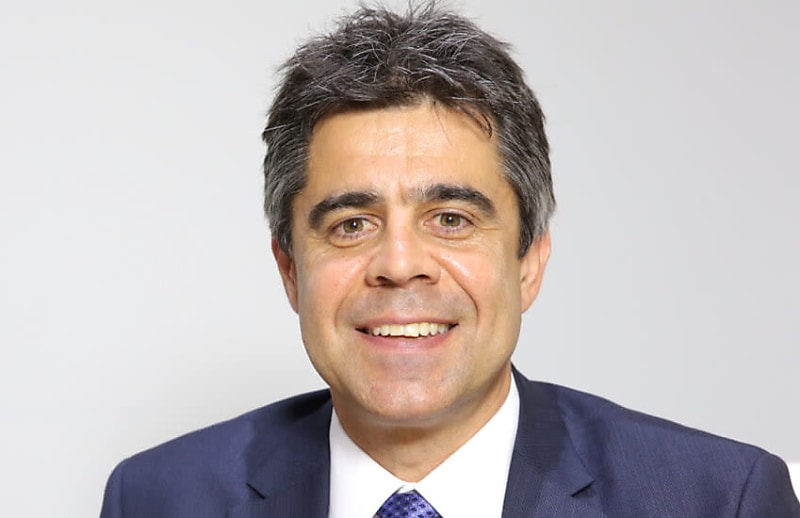You’re out of free articles for this month
Delivering the legislative update, Peter Burgess, chief executive of the SMSF Association, announced the SMSF sector had reached $1 trillion in invested assets and attributed it to three main factors.
These factors included the increase of younger individuals in the sector, the intergenerational transfer of wealth and the stall of Division 296 tax.
Burgess said these factors were just some of the reasons to be optimistic about the future of the sector, though the stalling of the Division 296 tax could be temporary.
“The growing number of younger individuals establishing SMSFs is a sign of a healthy and dynamic sector. The intergenerational transfer of wealth combined with technological advancements that make it easier for people to establish and manage their own fund, will continue to drive strong growth in fund establishments,” he said.
Despite the success the sector had recently experienced, Burgess told delegates it still faced challenges that threatened its fabric, such as the number of disqualified trustees and the scourge of illegal early access.
Burgess said there was no definitive answer or strategy to solving the posed problems and reiterated that wider sector support was necessary.
“It’s a $1 trillion sector – a significant part of the financial services industry. What that signifies to me is that the financial services industry, in partnership with government and the regulators, needs to work together to address these issues,” Burgess said.
“A good example of the need for a collaborative approach are the policy settings that currently make it difficult for professionals in our sector to do their job. If we work together, we can be confident the issues holding this sector back will not pose the same risk they do today.”
Two positive developments within the sector, mentioned in the legislative update included the newly registered legacy pension amnesty regulations and the non-arm’s length income (NALI) legislation.
Burgess noted the legacy regulations were a “perfect illustration” of the importance of specialist SMSF advice with practitioners needed to work through a range of different issues with clients, including social security and transfer balance cap implications.
Regarding the NALI legislation, lessening the severity of the rules relating to NALI was warmly welcomed by the sector, Burgess said.
“However, for services provided by SMSF trustees, confusion and uncertainty remains around the distinction between services provided in the capacity of a trustee versus their professional capacity.”
“In particular, the treatment of services provided by an SMSF trustee to their own fund that do not constitute a trustee duty yet also fail to satisfy the four limbs of SIS Act section 17B, which would otherwise permit the trustee to be remunerated."
The SMSF Association revealed it was calling on the ATO to adopt a pragmatic approach to the application of the NALI rules, as well as the retrospective application of the Commissioner of Taxation's interpretation of a contribution.
Burgess concluded the update by underscoring that the $1 trillion milestone highlighted the confidence Australians placed in SMSFs and was a powerful testament to the value of choice and benefits of the super sector.
“The achievement of this milestone is due, in no small part, to the emergence of a dedicated cohort of SMSF professionals, our specialist members, who over the past two decades. Have stepped up and attained our specialist adviser and auditor designations and committed themselves to ongoing professional development,” Burgess said.
“We are more prepared than ever to represent this sector, lift SMSF advice competency standards, and stand up for the rights of individuals to be aspirational and have genuine choice when it comes to their superannuation.”

 Login
Login






